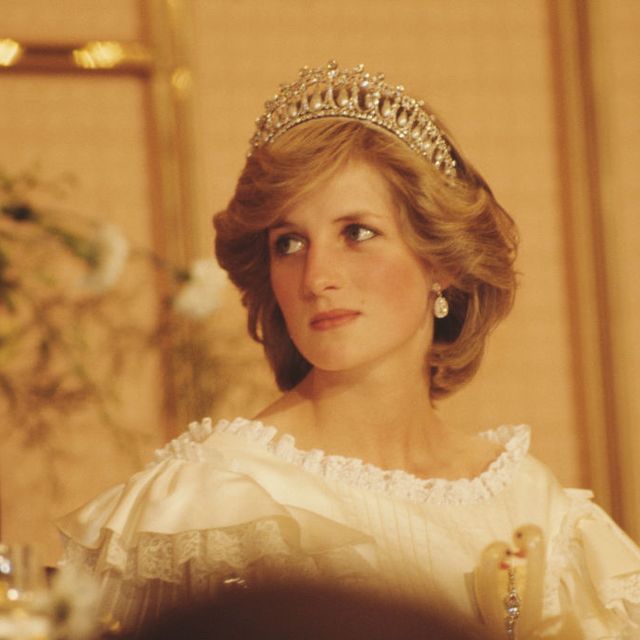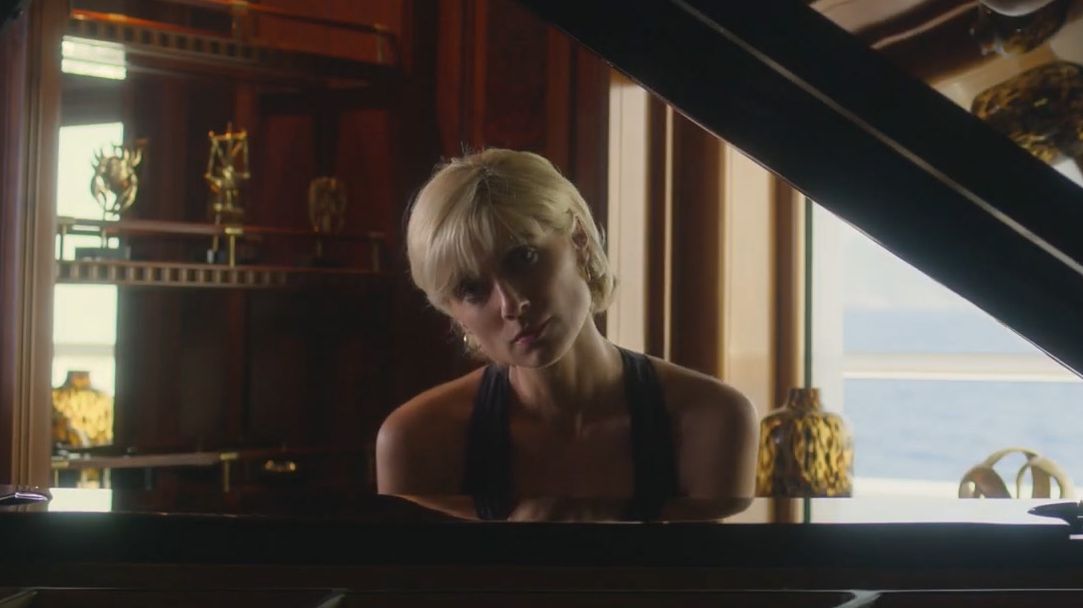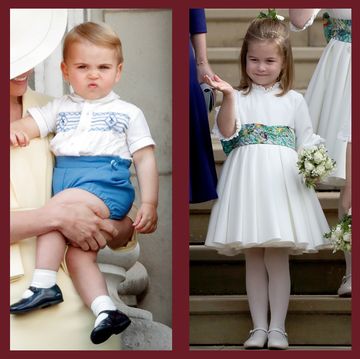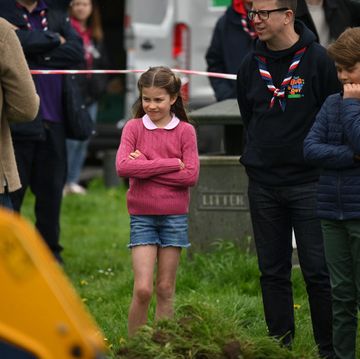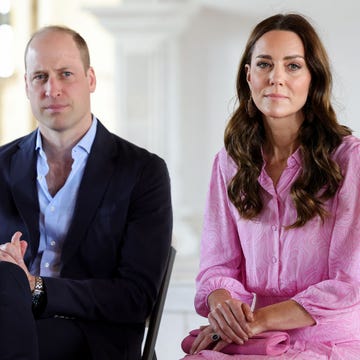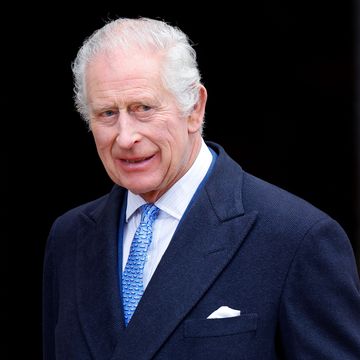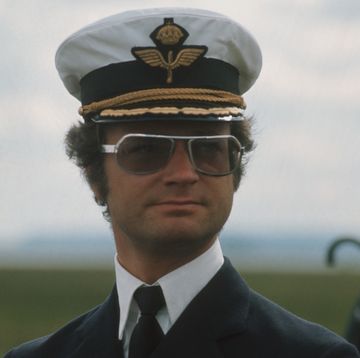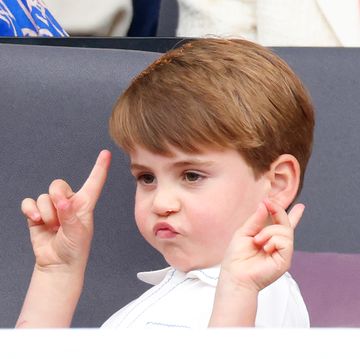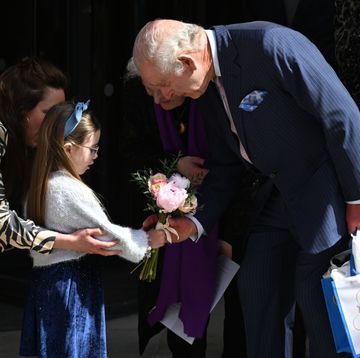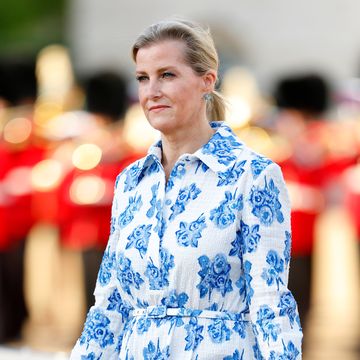In the early hours of the morning on Sunday, August 31, 1997, Princess Diana died in a car crash in the Pont de l'Alma tunnel in Paris, France. In the car with her was her current boyfriend, Dodi Al Fayed; Henri Paul, the driver of the car; and Trevor Rees-Jones, her bodyguard. Rees-Jones was the only survivor.
Here's the true story of Princess Diana's death:
Princess Diana and Dodi planned to be in Paris for less than 24 hours
Diana and Dodi had spent 10 days together on board Mohamed Al Fayed's yacht, the Jonikal, and then flew from Sardinia to Paris on August 30, 1997. She was due back in London on August 31, 1997, where her sons, Prince William and Prince Harry, were returning from Balmoral Castle.
The two arrived in Paris around 3 p.m., and went from the airport to Villa Windsor, the Duke and Duchess of Windsor's former home that Mohammed Al Fayed purchased. From there, they went to the Ritz Paris, owned by the Fayed family. During this time, Princess Diana spoke to her sons on the phone. While at the Ritz, Dodi visited the Repossi jewelry shop in Place Vendôme.
Early in the evening, they left the Ritz for Dodi's apartment on Rue Arsène Houssaye.
The couple planned to eat dinner at Chez Benoit around 9:30 p.m., but due to paparazzi attention, ended up back at the Ritz. They first tried to eat at the L'Espadon restaurant, but 10 minutes later, went to dine in private in the Imperial Suite. According to the Associated Press, "Diana is reported to have ordered an appetizer of mushrooms and asparagus, and then sole; for Dodi, turbot."
The fatal drive began just after midnight
Shortly after midnight, they decided to leave the hotel to go to Dodi's apartment. Henri Paul, the head of the Ritz security, drove them in a Mercedes S280 car. (Autopsy results later revealed that Paul was drunk.) They left around 12:20 a.m. through the back entrance of the hotel.
Though they had attempted to use a decoy car at the Ritz, paparazzi quickly picked up their tail. In the car, neither Princess Diana nor Dodi were wearing seat belts; Rees-Jones, sitting in the passenger seat, was reportedly wearing one.
Around 12:25 a.m., the car entered the Pont de l'Alma tunnel at dangerously high speeds. As the AP reports, "Seconds after the car enters the tunnel in the left westbound lane, it goes out of control, striking the 13th concrete pillar dividing the tunnel, rolls over and rebounds into the right wall. It then spins around. When the car stops, it is facing east — the direction it came from."
An account from a doctor at the scene:
At the same time as the crash, a French doctor, Dr. Frederic Mailliez, was driving through the tunnel. Witnessing the crash, he quickly rushed to the scene.
"I walked toward the wreckage. I opened the door, and I looked inside," he recalled years later. He saw "four people, two of them were apparently dead, no reaction, no breathing, and the two others, on the right side, were living but in severe condition. The front passenger was screaming, he was breathing. He could wait a few minutes. And the female passenger, the young lady, was on her knees on the floor of the Mercedes, she had her head down. She had difficulty to breathe. She needed quick assistance."
He ran to his car, called emergency services, and grabbed a respiratory bag. "She was unconscious. Thanks to my respiratory bag... she regained a little bit more energy, but she couldn’t say anything."
Princess Diana was taken to the Pitié-Salpêtrière Hospital
At 12:27 a.m., firefighters received a call for help, and police and firefighters arrived at 12:40 a.m. When they arrived, both the driver, Henri Paul, and Dodi were pronounced dead at the scene. Witnesses later testified that paparazzi continued taking photos, and seven photographers were taken into police custody at the scene.
Sergeant Xavier Gourmelon, a firefighter, who was on the scene, said Princess Diana's last words were "My God, what’s happened?"
When Princess Diana was extracted from the wreckage of the car, she went into cardiac arrest. First responders performed CPR, and got her into a hospital. Around 2 a.m., the Princess and Rees-Jones arrived at the hospital.
Per CNN's report at the time, "Ambulance workers managed to revive her at the crash scene, but her heart stopped beating on arrival at the hospital, said Dr. Bruno Riou, head of the hospital's intensive care unit. Surgeons opened Diana's injured chest, closed a wound in her heart and massaged the heart for two hours in a vain battle to save her life, he said."
Why didn't Diana have more protection with her?
Years later, in Operation Paget—the investigation into Princess Diana's death spurred by numerous conspiracy theories that surrounded it—the report stated, " In 1994, at her request, official personal protection had been removed from the Princess of Wales. She wanted less intrusion into her private life. Until then, the MPS ‘Specialist Operations’ Command had routinely provided protection to her as a senior member of the Royal Family. From 1994 onwards she received such protection only if she was on an official visit that warranted such security or if members of the Royal Family who warranted protection in their own right, most obviously her sons, accompanied her."
Diana's death is announced to the world
Princess Diana was declared dead at around 4 a.m. in Paris on August 31, 1997; she was 36 years old. At 6 a.m., Dr. Alain Pavie, head of the cardiology department at the Pitié-Salpêtrière Hospital, held a news conference, announcing the death of the Princess of Wales. The British ambassador to France, Michael Jay, was there. He said, "The death of the Princess of Wales fills us all with shock and deep grief."
Later that day, then-Prince Charles flew to Paris with Diana's sisters, Lady Sarah McCorquodale and Lady Jane Fellowes, to bring her body home. Princess Diana's funeral was held on September 6, 1997.
Emily Burack (she/her) is the Senior News Editor for Town & Country, where she covers entertainment, culture, the royals, and a range of other subjects. Before joining T&C, she was the deputy managing editor at Hey Alma, a Jewish culture site. Follow her @emburack on Twitter and Instagram.
